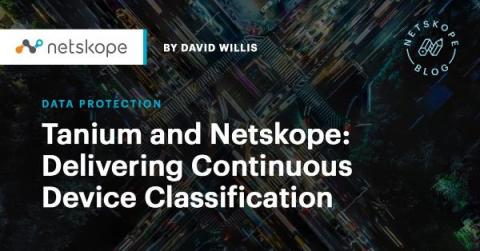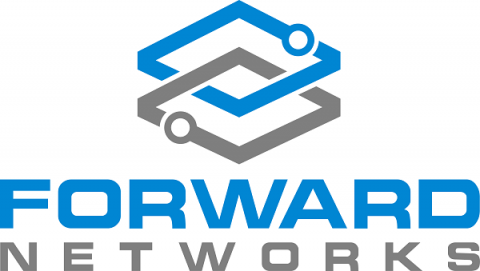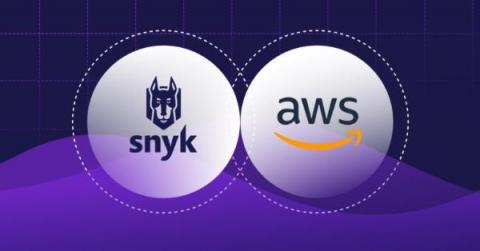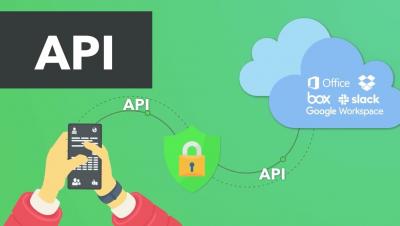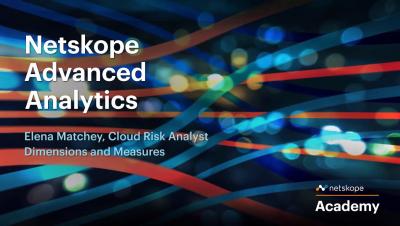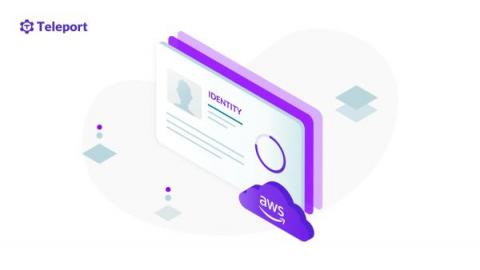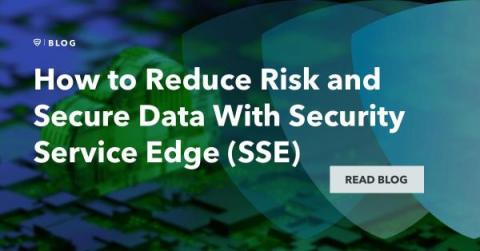Cloud computing: biggest risks and best practices
Cloud computing is a highly convenient and cost-effective way of storing data, but it also comes with risks. Businesses often use this technology without understanding how vulnerable they are to security breaches. With the rise in cybercrimes, businesses need to be more vigilant about their data security than ever before. This article will discuss some of the most common cyber security risks associated with cloud computing and provide information on how they can be managed.



